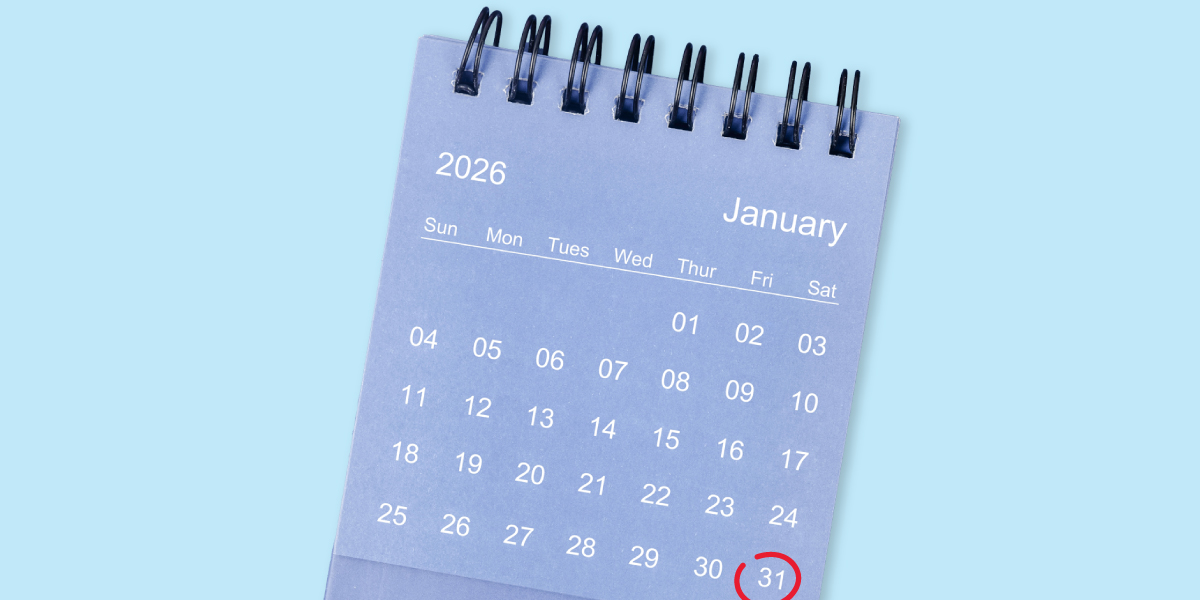
MEMBER EXCLUSIVE
Members can use GoSimpleTax to file to HMRC at a great price and avoid costly accountant fees.
Get startedBy clicking a retailer link you consent to third-party cookies that track your onward journey. This enables W? to receive an affiliate commission if you make a purchase, which supports our mission to be the UK's consumer champion.

Self-assessment taxpayers who make 'payments on account' have just 10 more days left to settle the second instalment of the year or face an interest penalty of 8.25%.
These advance payments, which mainly apply to self-employed workers and those with other sources of untaxed income, are due twice a year – by midnight on 31 January and before the clock strikes 12 on 31 July.
Here, Which? explains what self-employed taxpayers need to know about payments on account and what happens if you don't pay on time.
Payments on account are advance payments towards your tax bill (including National Insurance), made in two instalments:
It mostly applies to self-employed workers whose last self-assessment tax bill was more than £1,000, as long as you haven't already paid more than 80% of all the tax owed.
The payments on account system also apply to those who have rental property income or other sources of untaxed income that exceed the threshold set by HMRC.
Each payment is 50% of what you paid in the last financial year, under the assumption you'll owe roughly the same amount of tax in the following year.
For example, let's say you filed your 2023-24 tax return on 31 January 2025 and the total bill came to £5,000. Your first payment on account due at the same time will have been £2,500 and the same amount will be owed by 31 July 2025.
Once you file your next tax return for 2024-25, the actual amount of tax you need to pay for that year will be calculated. If the two payments on account you have already settled don't cover what you actually owe, you'll make a further balancing payment on 31 January 2026. Conversely, if you've paid too much tax, you'll be owed a refund.
You can also apply to reduce your payments on account if you know your profits have fallen for the tax year in question. You can either fill out form SA303 and send it to your local tax office, or log in to your online tax account and visit the 'Reduce payments of account' section.
You won't need to provide evidence that your tax bill will be lower. However, if you reduce your payments on account and it turns out that you owe a much higher figure, HMRC could charge you interest on the difference.
There are several ways you can pay, though HMRC doesn't accept personal credit cards and you can no longer pay your tax bill at the Post Office.
To get the payment to its destination on the same or the next day, use Faster Payment or Chaps, online and telephone banking services, a debit card, or a business credit card. Paying by Bacs or by cheque in the post can take around three days – but cheques could take much longer to arrive if there are postal delays.
Check how long each method takes and allow time for it to go through.
If you'd prefer, you can also pay your self-assessment bill via the free HMRC app. The app can also help with information such as your UTR number, National Insurance number, tax credit payments, and any PAYE information.

Members can use GoSimpleTax to file to HMRC at a great price and avoid costly accountant fees.
Get startedThere is no £100 fine for being late in July, but interest is charged on the amount owed. That currently stands at 8.25% because it is set at 4% percentage points above the Bank of England base rate. It may increase further when the base rate is reviewed again in August.
HMRC also imposes the following late payment penalties:
These charges are separate, and in addition to, any charges for filing your tax return late. You can calculate your potential penalties using the gov.uk calculator.
Payments on account are meant to help taxpayers stay on top of their finances, breaking down the tax due by 31 January into two smaller payments spread throughout the year.
However, the payment can come as a surprise to newly self-employed people filing a tax return for the first time, especially if they haven't budgeted to pay the full balance for the last tax year plus half for the next.
The best way to make sure you can afford your tax bill is to put money aside each month as you earn it. You could also consider starting a Budget Payment Plan with HMRC to help you stay on track.
You'll be in control of how much you want to pay each month and can settle any difference when it comes to deadline day. You can find out how to set one up for next year on the HMRC website.